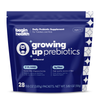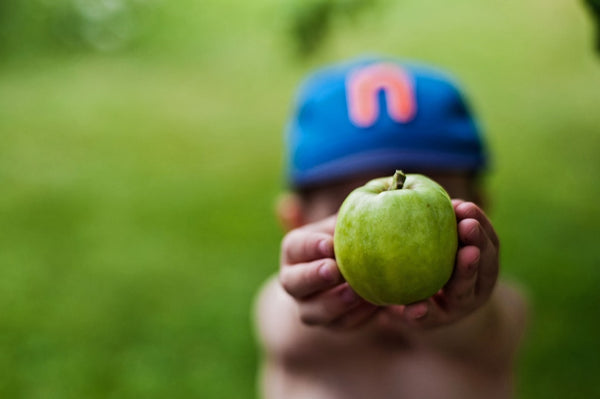4 Natural Quick Relief Tips for Kids Constipation
share this article

Constipation is a common concern among parents that may require multiple strategies to resolve. While some cases of constipation will require a more in-depth analysis with your primary care physician, other cases can be addressed through natural solutions and home remedies. Let’s explore three different tips for parents to try as natural ways to provide quick relief from constipation in kids.
1. Warm Bath Soaks
A warm bath not only relaxes the body but can also help stimulate bowel movements in kids. Ensure the water is comfortably warm, and let your child soak for about 15-20 minutes.The combination of warmth and water pressure can encourage a bowel movement.
2. Gentle Abdominal Massage
A gentle massage on your little one’s abdomen in a clockwise motion with lotion or oil can help stimulate the digestive tract and alleviate constipation. There are several techniques for parents to try at-home for kid’s constipation support - for more information on the different massages, check out our blog A Pediatric Chiropractor’s Guide to Belly Massages for Kids Constipation Relief.
3. Prune Juice
Prunes contain sorbitol, which provides natural laxative properties. Studies have found that prune juice can provide a safe natural food therapy option to help support symptoms from chronic constipation [1]. One cup of prune juice provides around 3 grams of fiber. The American Academy of Pediatrics states that 100% percent fresh fruit juice can be a healthy part of the diet of kids older than 1 year of age when consumed as part of a well-balanced diet.
The recommended prune juice serving size for kids ages 1 and up is up to 4 ounces per day. For little ones less than 12 months of age, it’s best to check in with your pediatrician first to see if it’s the right option to include for constipation support.
4. Magnesium Supplements
Magnesium citrate and oxide come are commonly used for supporting constipation relief because they may have a similar effect as laxatives. It’s always best to provide food sources of magnesium first, but a magnesium supplement can also be a safe option to support your little one’s intake and for constipation relief when the proper dosage is administered.
It is important to note that magnesium supplements should not be consumed in amounts above the upper limit unless directed by a healthcare professional [2].
The Upper Limit for Magnesium is as follows:
|
Age |
Upper Limit for Magnesium |
|---|---|
|
Birth to 12 months |
Not established / not recommended |
|
Children 1 - 3 years |
65 mg |
|
Children 4-8 years |
110 mg |
|
Children 9-18 years |
350 mg |
Daily reads to help your little ones lead happier and healthier lives.
Join the
Happy Gut Club
Summary
Embracing a holistic approach to constipation relief for kids may involve a combination of dietary adjustments and home remedies. Some quick relief tips to incorporate for a kid's constipation might include warm baths, abdominal massages, and incorporating prune juice or magnesium into the diet. If constipation persists, it’s best to seek guidance from a healthcare professional to ensure the solutions are right for your little one’s unique needs.
















